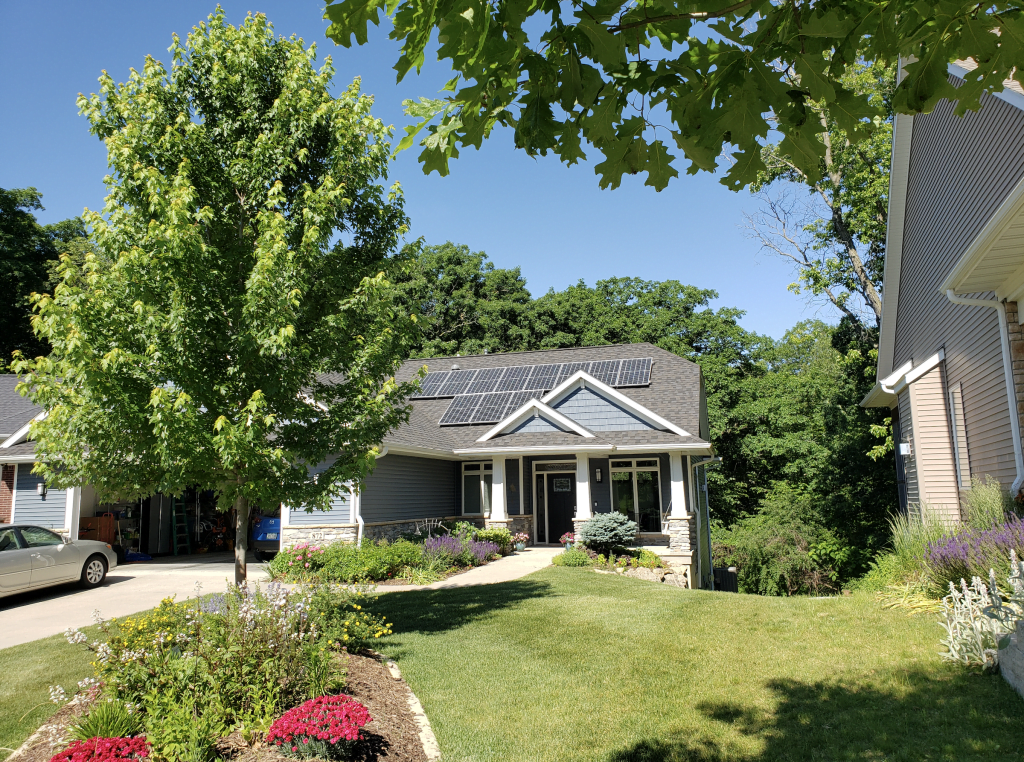If you’re considering installing solar panels, you’re likely wondering what size solar array will best suit your energy needs. The size of your solar array will depend on several factors, including your energy consumption, your location, and your budget. In this article, we’ll explore the steps you can take to choose the best solar array size for your needs.
Step 1: Determine Your Energy Consumption
The first step in choosing the right solar array size is to determine your energy consumption. You can do this by looking at your electricity bill, which will show your monthly energy usage in kilowatt-hours (kWh). You can also use online calculators to estimate your energy consumption based on your location, the size of your home, and the number of occupants.
Once you have a sense of your energy consumption, you can use that information to determine the size of the solar array you’ll need. As a general rule, a solar array that produces the same amount of energy as your consumption will help you achieve net-zero energy usage, meaning you won’t need to purchase any additional energy from your utility company.
Step 2: Consider Your Location
The amount of sunlight your solar panels receive will depend on your location, which can impact the size of the solar array you’ll need. In general, the closer you are to the equator, the more sunlight your solar panels will receive, and the smaller your solar array can be. If you live in a location with less sunlight, you may need a larger solar array to generate the same amount of electricity.
Additionally, you’ll want to consider the orientation and pitch of your roof, as well as any shading from trees or other structures. A well-designed solar system will optimize the amount of sunlight your panels receive throughout the day.
Step 3: Evaluate Your Budget
The cost of your solar array will depend on several factors, including the size of the array, the quality of the solar panels, and the installation costs. While larger solar arrays can produce more energy, they also come with a higher upfront cost.
It’s important to consider your budget when choosing the size of your solar array. While a larger solar array may be more expensive upfront, it can provide long-term savings on your energy bills. You’ll want to consider the payback period for your investment, which is the amount of time it will take for your energy savings to pay for the cost of your solar array.
Step 4: Consult with a Solar Professional
Choosing the right solar array size can be a complex process, which is why it’s important to consult with a solar professional. True Solar can evaluate your energy consumption, location, and budget to recommend the best solar array size for your needs. We can also provide guidance on the best solar panels and installation methods for your home.
Conclusion
Choosing the right solar array size is an important step in the solar installation process. By evaluating your energy consumption, location, and budget, and consulting with a solar professional, you can determine the optimal solar array size for your needs. With the right solar array, you can achieve net-zero energy usage and enjoy long-term savings on your energy bills.

